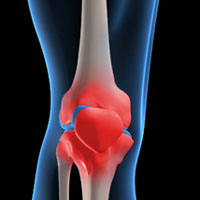What is laparoscopic splenectomy? How this operation is held? And what is its advantages over the traditional operation? Answers to these questions you will find in the article.
Content
 Laparoscopic splenectomy for the first time in the world was performed at the end of 1991- early 1992. several independent groups of researchers surgeons.
Laparoscopic splenectomy for the first time in the world was performed at the end of 1991- early 1992. several independent groups of researchers surgeons.
Its main advantage over the traditional operation is small traumatism, which is achieved due to the lack of wide cuts of the abdominal wall, performing all the steps of the operation under constant visual control without eliminating the spleen in the wound and damage adjacent to the organs.
However, despite such a long period of use, laparoscopic splenectomy is considered absolutely shown only in a small category of patients. The readings for splenectomy is the ineffectiveness of conservative therapy of immune complications (anemia and thrombocytopenia) of hemoblastosis, cytopenic syndrome, the need to remove the bulk of tumor, residual splenomegaly, heart attacks and spleen abscesses, the need for morphological verification (confirmation) of the diagnosis.
Laparoscopic access allows without increasing the overall traumaticity of the operation at the same time with splenectomy to produce a biopsy of the liver, the lymph nodes of the other (outside the collar) of localization in order to evaluate the degree of proliferation of the tumor.
Due to the need to preserve the structure of the spleen for morphological research, the drug is removed from the abdominal cavity in a plastic bag through minilapotomy in the navel region.
The possibility of laparoscopic splenectomy in tumors of the blood system is installed when examining the abdominal cavity at the beginning of the operation.
With massive splenomegaly, when the spleen reaches the middle line of the abdomen and the level of the navel, that is, has a length >25 cm and mass >2000 g, the use of laparoscopic access becomes inappropriate.









